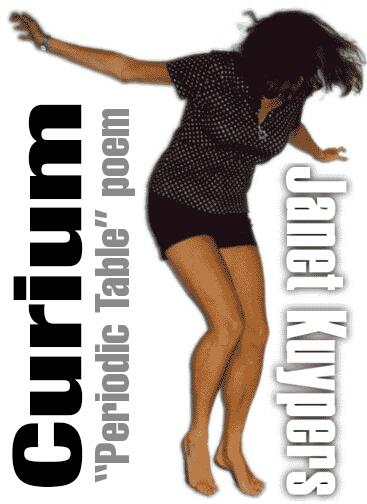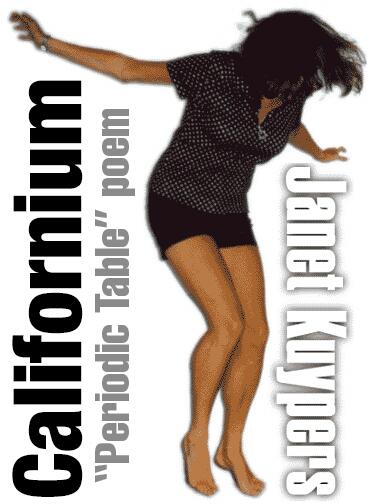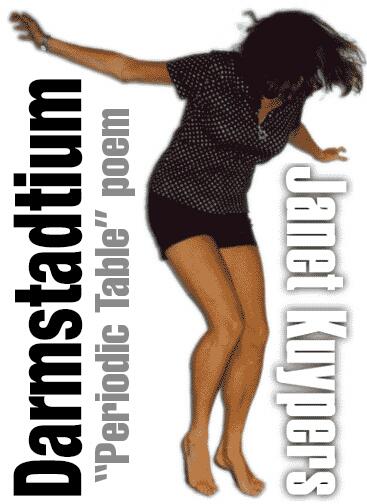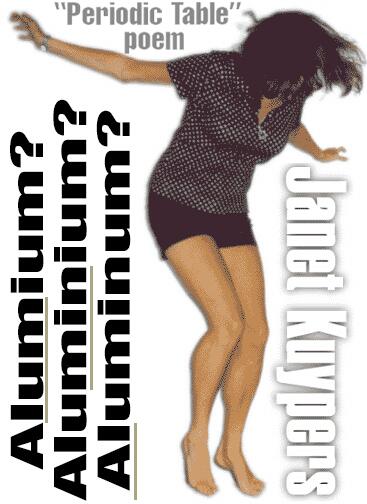Europium
Janet Kuypers
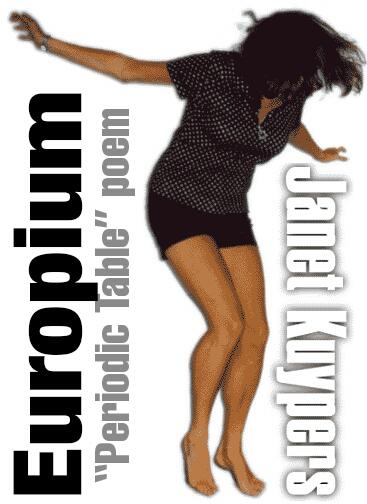
from the “Periodic Table of Poetry” series (#63, Eu)
(based on the poem “Too Much Light”)
10/2/13
too much light makes the baby go blind
and too much light makes the moth
rush into the flame
and die in a glorious blaze of glory
A scientist placed parts of you
in a tube,
removed all the air he could
and sent
an electrical current right through you.
It glowed
And he called it a Cathode Ray.
I have seen the light;
I have seen your red hue.
You say you make everything bright,
but what is my choice:
burn in that red flame
if I get too much of you,
so I can burst quickly?
I know they even dope plastics
with you for lasers, for what,
so you’d be ready
for a quick kill?
So, what,
do I burn in that red flame?
Or do I keep giving myself
only trace amounts of you,
taking your red intensity
bit by bit,
thinking I’m not
giving myself
enough, but still,
you absorb me slowly?
Until you pull me in?
Because either way,
you’ll try to absorb me in,
right down to my neutrons.
I mean, they’ve been
doping what I use
all the time with you
for all of my life now,
and I didn’t even know it.
Yeah, they say too much light
makes the baby go blind.
But what does it do
when it’s been with you
all your life?
Will it kill you then?
They keep talking about
too much light,
but I wonder
if it’s a question
of the right kind of light.
Because,
you haven’t taken me out
yet —
I seem to be doing
pretty well with you.
So they might be talking
about the danger,
but if you know
what you’re doing,
maybe enough of you
is just what I need.
I’ll take my chances
with you,
because if you’ve been doped
into what I use,
maybe the addition if you
is exactly hat I need.

